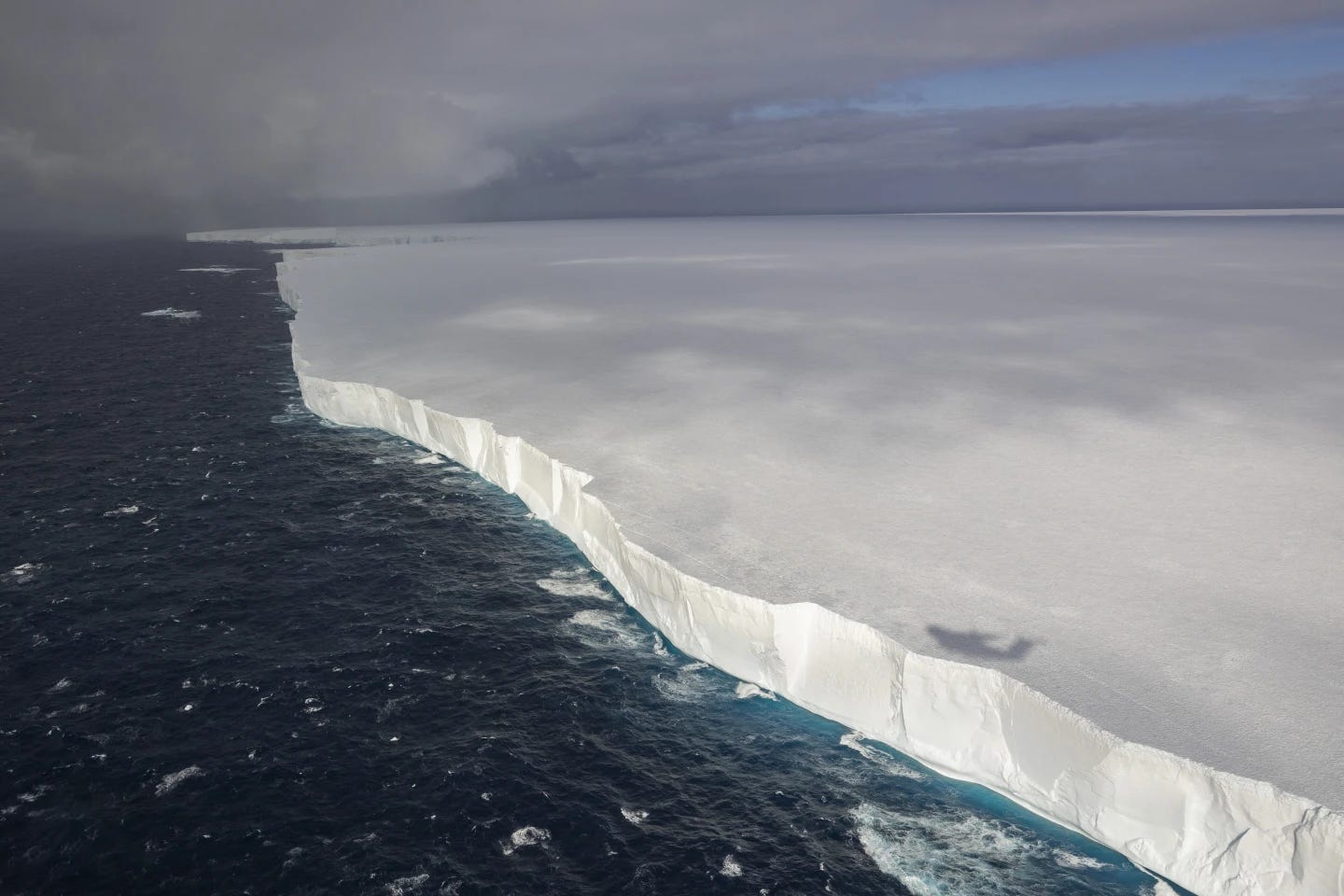Massive Iceberg the Size of Rhode Island Moves Toward Penguin Habitat Near Antarctica
Giant Iceberg A23a Could Disrupt Penguin Breeding Grounds on South Georgia Island, but Experts Say Impact Will Be Limited
A colossal iceberg, the largest in the world, is making its way toward a remote island off Antarctica that serves as a vital breeding ground for millions of penguins and seals. The iceberg, known as A23a, is roughly the size of Rhode Island and weighs a staggering trillion tons. As it drifts toward South Georgia Island, there is a chance it could either become lodged in the shallow waters or be guided around by ocean currents. While the iceberg’s approach could present challenges for the island’s penguin population, experts believe the situation is more awe-inspiring than truly harmful.
Scientists say the iceberg’s journey is a natural phenomenon, albeit one that is becoming more common due to human-driven climate change. Andrew Meijers, a physical oceanographer with the British Antarctic Survey, had a close-up view of the iceberg in December 2023. He described it as an immense, towering wall of ice, stretching from horizon to horizon and rising 130 feet (40 meters) above the ocean surface. For every portion visible above water, about ten times that amount lies beneath.
Despite the iceberg’s size, it is moving slowly, traveling at a glacial pace of only one meter every three to seven seconds. In the next two to four weeks, A23a will approach South Georgia Island, where the waters grow shallower. At this point, it could either become wedged in the shallows or continue to drift by.
The region around South Georgia has long been a pathway for icebergs, a phenomenon that has occurred regularly for centuries, even during the expeditions led by Sir Ernest Shackleton. Icebergs like A23a eventually break up into smaller chunks and melt, posing minimal long-term hazards for fishing activities, as they are easily visible in the water.
The real concern is for the island's penguins, who are currently in their summer breeding cycle. South Georgia is home to an extraordinarily rich ecosystem, with millions of penguins and seals. Penguins rely on their parents to forage for food in the surrounding waters, but icebergs can block access to these feeding areas, forcing penguins to swim further for food. This added strain can lead to higher mortality rates among chicks, as parents return with less nourishment for their young. While this may cause temporary setbacks for individual colonies, it is unlikely to affect the overall penguin population, as the ecosystem in the Southern Ocean has adapted to these occurrences over thousands of years.
A23a originally calved off from Antarctica in 1986 but has been trapped in a dense area of sea ice for decades. However, as climate change accelerates, more icebergs like A23a are being released into the ocean, contributing to an increase in such events.
Overall, while the iceberg's approach to South Georgia Island is a remarkable spectacle, experts believe that, despite the potential short-term challenges for penguin colonies, the broader ecosystem remains resilient in the face of such natural occurrences.


